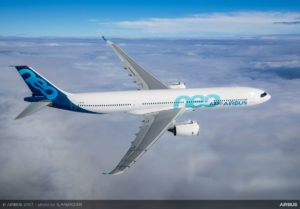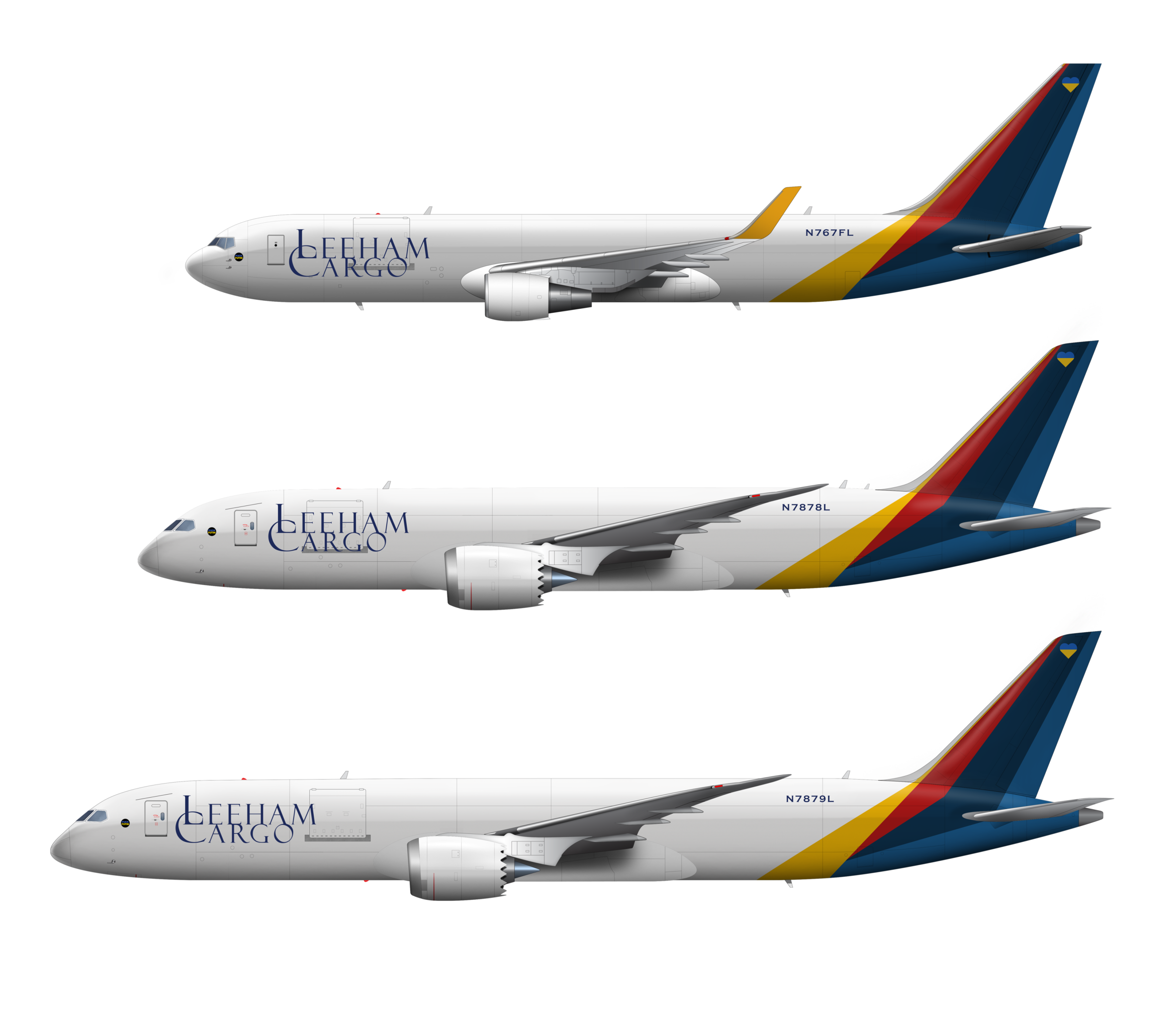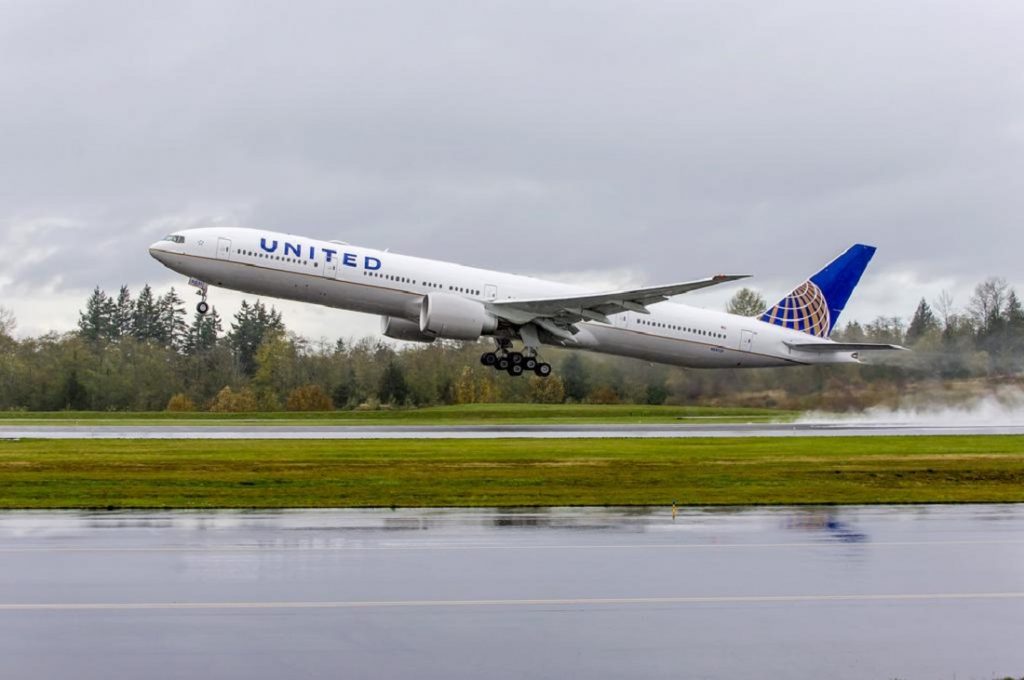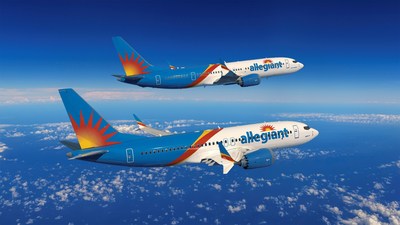Leeham News and Analysis
There's more to real news than a news release.
Assessing passenger airline fuel efficiency
Subscription Required
By Vincent Valery
Introduction
April 4, 2022, © Leeham News: Fuel prices abruptly increased just as travel restrictions started easing after the Covid-19 Omicron wave. The oil price increase accelerated after the Russian invasion of Ukraine. What would have seemed unthinkable 20 months ago has arrived: fuel prices are back to their 2010-14 levels.
Most airlines are still healings their wounds from the Covid-19 pandemic. Higher fuel prices are an unwelcome feature that will delay their return to profitability if not significantly complicate it.
Considering the above, LNA thought it relevant to assess the fuel efficiency of the major passenger airlines’ fleets.
Summary
- The paradox and challenges of fuel hedging;
- Explaining the fuel efficiency score methodology;
- Twin-aisle, single-aisle, and regional airline rankings.
A Boeing 787 Freighter, Airbus response
Subscription Required
By Vincent Valery
Introduction
March. 31, 2021, © Leeham News: Last week’s article showed that a Boeing 787 freighter based on the -9 variant would be a suitable replacement for the aging 767-300F.
Should Boeing proceed with the aircraft, expect Airbus to launch a competing airplane, it not launch it before the American OEM.
The A330-200F recorded 38 sales as a factory freighter, a disappointing tally. Which aircraft variant could Airbus use as a baseline to develop a more successful 787F competitor?
Summary
- A nuanced view on 767-300F and A330-200F factory sales;
- Need for suitable older-generation aircraft replacement;
- Limitations of A330 P2Fs;
- A potential candidate.
An uneven financial recovery among OEMs
Subscription Required
By Vincent Valery
Introduction
March 28, 2022, © Leeham News: In an article last year, LNA highlighted the significant impact the COVID-19 pandemic had on the financials of commercial aviation OEMs. Most recorded sizable losses and charges.
The OEMs entered into a recovery mode in 2021. Airbus intends to aggressively increase its A320neo family production rates to satisfy a strong demand, while Boeing must clear large 737 MAX and 787 backlogs.
The impact of changing production rates takes time to ripple through the supply chain. LNA collected financial information on the big three aircraft manufacturers and seven major commercial aircraft suppliers to assess how quickly they are recovering from the most significant shock since World War II.
Summary
- Significant differences among the three major aircraft OEMs;
- Twin-aisle engine OEMs lagging;
- Varying levels of profitability among OEM suppliers;
- Supply chain challenges to monitor and the war factor.
A Boeing 787 freighter, which model and how good? Part 2
Subscription Required
By Bjorn Fehrm
Introduction
March 24, 2022, © Leeham News: Last week, we discussed the creation of a Boeing 787 freighter. It shall replace the Boeing 767-300F, which is running into emission rule problems in 2027.
After looking at what 787 variant makes for the best freighter, we now compare the economics of the 787, 767-300F, and A330-200F freighters.

Figure 1. The 767-300F freighter (top) and its possible replacements: 787-8F (middle) and 787-9F (bottom). Source: Leeham Co.
Summary
- When a Boeing 787 freighter arrives at the decade’s end, its economics will change the freighter market’s dynamics.
A Boeing 787 freighter, which variant and how good?
Subscription Required
By Bjorn Fehrm
Introduction
March 17, 2022, © Leeham News: Monday, we started a series of articles discussing a possible Boeing 787 freighter. It shall replace the Boeing 767 freighter, one of Boeing’s most-produced models, with over 200 factory freighters delivered.
We use our Airliner Performance Model to understand which 787 variant would be most suitable as a base for a freighter and what performance it would have.

Figure 1. Would a 767-300F replacement (top) be a 787-8F (middle) or 787-9F (bottom)? Source: Leeham Co.
Summary
- Boeing can build a very competitive freighter on the 787 base.
- We analyze which of the different 787 models is the most suitable and predict payload, range, and economics.
Is the 787-8 a freighter of the future?
Subscription Required
By the Leeham News Team
March 15, 2022, © Leeham News: Is the 787-8 a freighter of the future?
There will be a glaring hole in Boeing’s freighter offerings by the end of 2027. The cause will be the inability for Boeing to sell aircraft that do not meet emission standards adopted in 2017 by ICAO, the International Civil Aviation Organization, effective in 2027. This will put an end to the current Boeing 767 and 777 freighters. Boeing launched the 777-8F last month, solving the latter problem. But unless some magic occurs, and extensions are granted, Boeing will need to fill the 767 gap with something.
767F faces production extinction; Boeing ponders 787F, market says
Subscription Required
March 14, 2022, © Leeham News: Boeing’s launch of the 777-8F program, with an entry-into-service of 2027, solves part of its freighter challenges.
But it still faces the question of what to do with its aging 767-300ERF.
Both airplanes face a 2027 deadline by the International Civil Aviation Organization (ICAO) that limits emissions and noise for today’s in-production aircraft. The 777-200LRF and 767-300ERF fail the new standards.
ICAO crafted the new standards in 2017. Aircraft that fail to meet them must go out of production from 2028 unless an exemption is granted. It’s left to the member governments to formally adopt and enforce the standards—or grant an exemption to them.

Boeing 767-300ERF (top). Concepts of Boeing 787-8F and Boeing 787-9F (middle and bottom). Source: Leeham Co.
The 777-8F solves the upper end of the problem for Boeing. The airframer is seeking an exemption for the smaller 767-300ERF. Industry officials think it unlikely Boeing would receive an indefinite exemption. But a short-term exemption to bridge to another airplane is viewed as possible.
LNA learned in January Boeing is considering developing a freighter out of the 787. Stan Deal, the CEO of Boeing Commercial Airplanes, confirmed at the Singapore Air Show last month that this study is underway.
With Airbus for the first time in its history offering a new-build freighter that is seen as not only competitive to Boeing airplanes but in some quarters viewed as superior, Boeing’s decades-long dominance for cargo aircraft is under serious threat for the first time.
LNA has undertaken an analysis of the 787-8, 787-9, and 767-300ERF to look at which model makes the most sense for Boeing to pursue. LNA’s Bjorn Fehrm will detail our analysis later this week. Today, we’ll look at the background and strategic issues for a second production Boeing freighter.
The large Twin-Aisle replacements
Subscription Required
By Bjorn Fehrm
Introduction
March 10, 2022, © Leeham News: We looked into the replacement market for the large twin-aisles and freighters in our February 28th article.
The obvious replacements for the market’s large Twin-Ailes are Airbus’ A350-1000, and Boeing’s 777-9, replacing 747s and A380s but more often 777-300ERs.
We compare the 777-300ER to the A350-1000 and 777-9 to understand the driving forces behind such replacements.
Summary
- The choice between Airbus’ A350-1000 and Boeing’s 777-9 as the replacement for the market’s large aircraft will be decided by route passenger volumes and commonality more than any difference in the operating economics of the aircraft.
Replacement opportunities for older-generation single-aisle operators
Subscription Required
By Vincent Valery
Introduction
March 7, 2022, © Leeham News: Several airlines announced orders for new-generation single-aisle aircraft in recent months. Air France – KLM and jet2.com announced Airbus A320neo family orders, while Allegiant and Qatar announced Boeing 737 MAX deals. SmartLynx, a Latvian ACMI carrier, will operate 737 MAXes on operating leases from SMBC Aviation Capital.
Despite the lingering effects of the COVID-19 pandemic, airlines are eager to order newer-generation single-aisle aircraft to improve their environmental footprint and secure delivery slots, notably on the A320 production line. The low level of interest rates by historical standards also facilitates those transactions.
(This analysis does not include the Russia-Ukraine crisis, the full impacts of which to commercial aviation are still in the future.)
Such orders represent once-in-a-generation opportunities for OEMs to “flip” an airline away from the other one.
Many airlines operate A320ceos or 737 NGs but have not yet ordered new-generation single-aisle aircraft. LNA analyses this population.
Summary
- Breaking down the population into four categories;
- Airlines unlikely to place orders in the near term;
- Two types of potential customers.
Bjorn’s Corner: Sustainable Air Transport. Part 9P. Parallel Hybrid. The deeper discussion.
Subscription required
March 4, 2022, ©. Leeham News: This is a complementary article to Part 9. Parallel Hybrid. It uses Leeham Company’s Aircraft Performance Model from our consultancy practice to analyze the design of a Parallel Hybrid aircraft for regional operations.
Our design brief is to make turboprop upgrade packages for De Havilland DH8-200,-300, and-400 aircraft. By using a Parallel Hybrid we could “target a 30% reduction in fuel burn and CO2 emissions, compared to a modern regional turboprop airliner” according to Pratt & Whitney Canada. Time to check if we can reach these levels.




